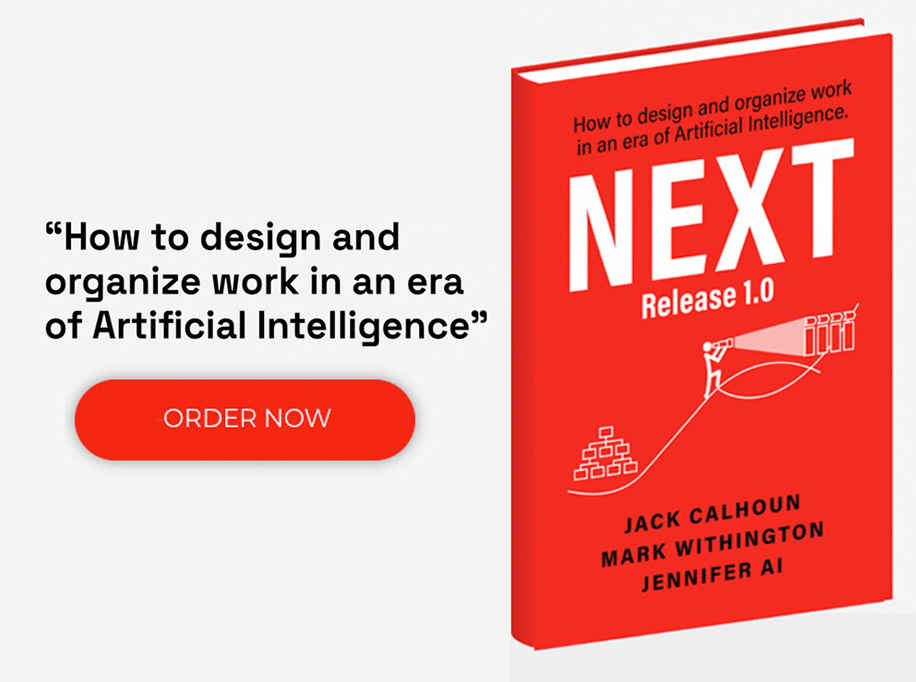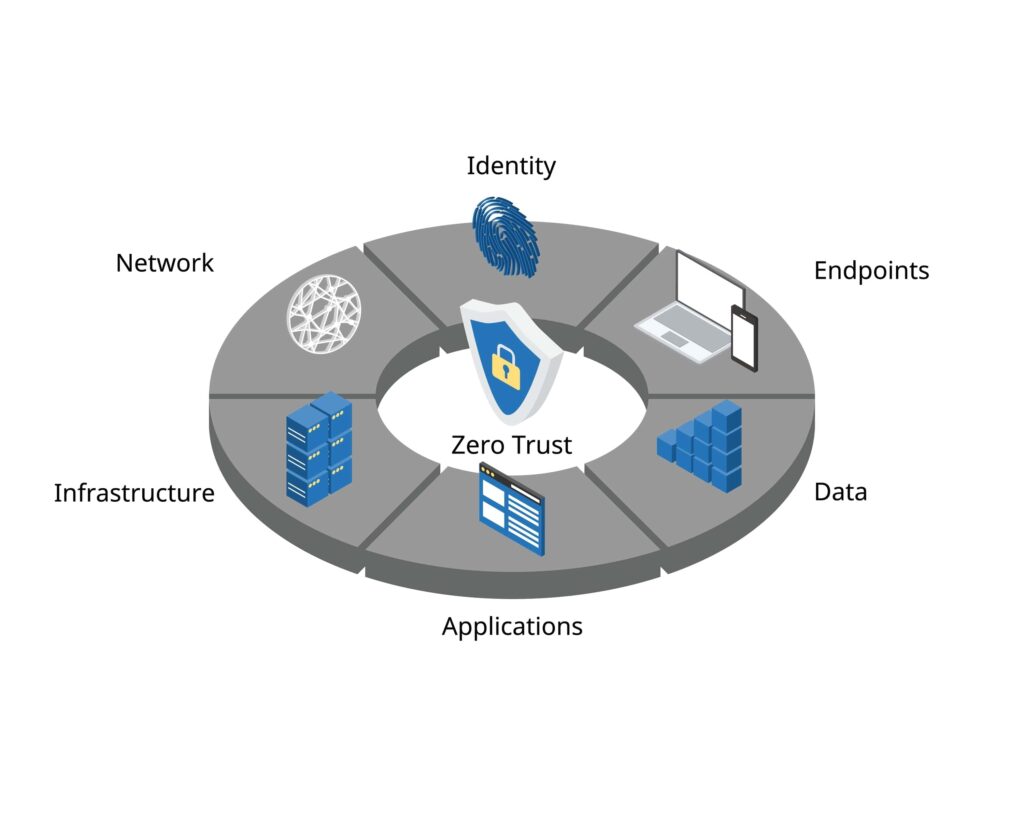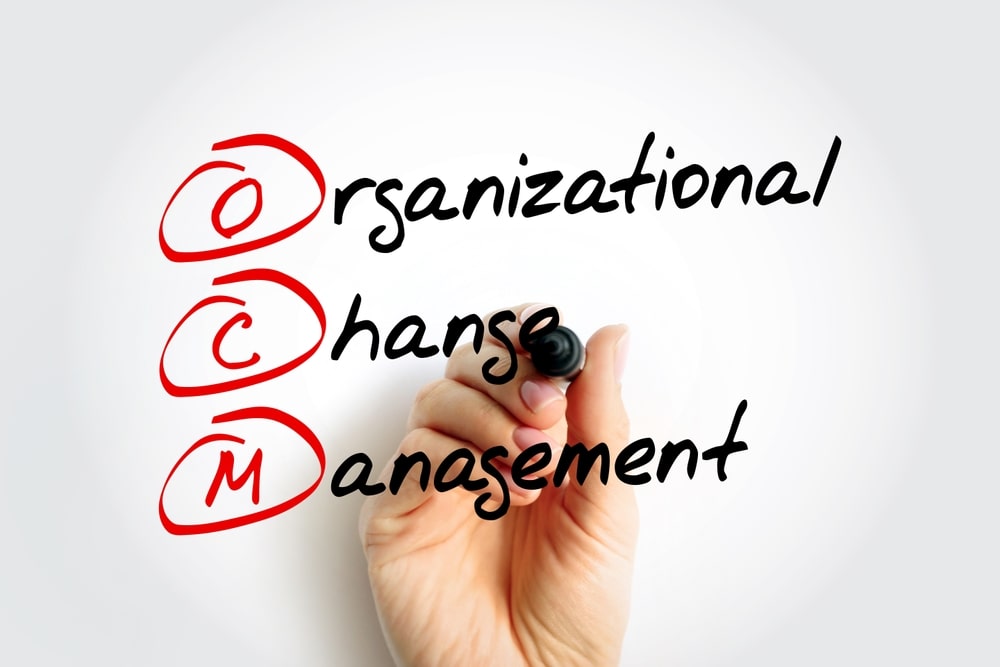By Richard Lynch and Jack Calhoun
Our colleagues, Jim Champy and the late Mike Hammer provocatively used the term “manifesto” in their book, “Reengineering the Corporation: A Manifesto for Business Revolution.”
We believe an amendment is needed.
We proposed the following tenets are needed to transform obsolete business models:
-
- The ability to run, improve, and transform the business simultaneously is leadership’s major focus.
-
- A strategy to execution process is cultivated and includes many contributors. Without this, run/improve the business will fail and transformation will be impossible.
-
- The strategy to execution process is driven by vision and inspiration. The best type of transformation is value innovation driven; not a response to market forces.
-
- Fundamental rethinking of the business operating model is embraced. Forget hierarchy; it’s all about capability development and deployment.
-
- There is a deliberate shift away from command and control models to new networked models of work.
-
- The adoption or new capability-based behaviors, metrics, and responsibilities is widespread.
-
- Transformation requires the use of new techniques; capability modeling, business value analysis, heat mapping, investment road mapping, and enterprise architecture.
-
- Higher velocity is created by using agile/scrum for the business and IT.
-
- Inspired stumbling forward is encouraged and rewarded.
-
- Transformation starts with CEO and C-suite leadership and centers on Talent Management. Leadership demands more from HR and IT to leverage talent for better collaboration and to create the conditions for innovation and growth.
For more information on Transformation, we welcome you to download “A Transformation Manifesto”. The article explores how a Strategy to Execution planning process is the fasted way to build new business models and transform your culture along the way.











